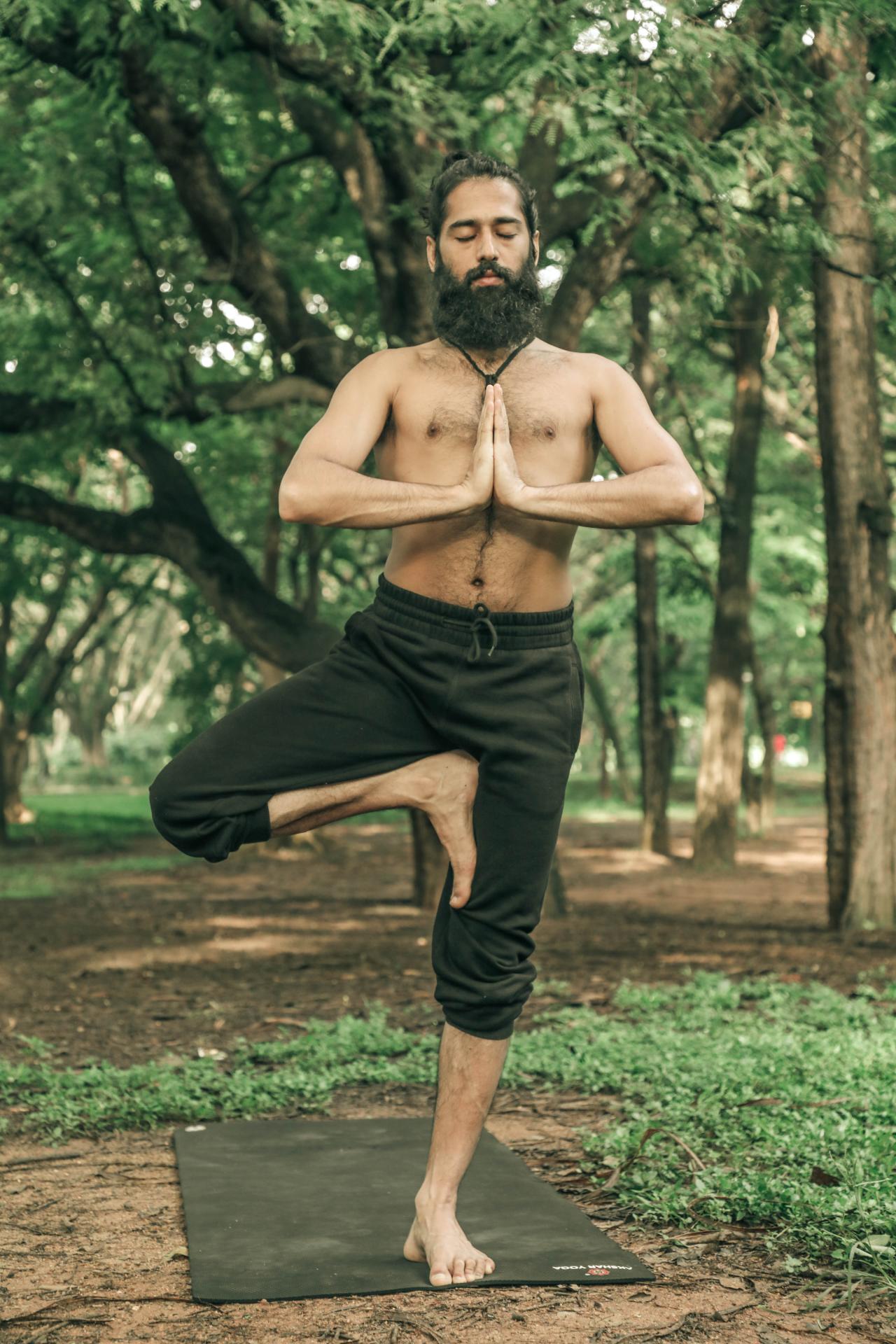
Babies born before 37 weeks of pregnancy are called premature. Some of the reasons that cause premature birth include poor nutrition before and during pregnancy; smoking or drinking too much alcohol during pregnancy; and certain infections, such as urinary tract and amniotic membrane infections. If you have had a premature birth in a previous pregnancy, then it certainly increases your chances of delivering a preterm baby.
For women, especially those who have delivered a preterm baby, the postpartum period is extremely crucial in their healing and recovery. It is completely natural that this time involves moving through many changes, both emotionally and physically.
Along with this, you are also learning how to deal with becoming a new mother. It’s important to try to relax in order to regain your full strength and enjoy your role of motherhood. Here are some tips to keep in mind:
Your body has undergone many changes during pregnancy and birth, and you need to give yourself this time to recover. In addition to rest, you need to eat a healthy diet to help you do that. The weight gained during pregnancy is in itself a source for your recovery and for breastfeeding.
After delivery, you need to eat a healthy and balanced diet so you can be active and able to care for your baby. Cut out high-fat snacks, oily, spicy and processed foods. Focus on a diet with plenty of fresh vegetables and fruits, balanced with proteins and carbohydrates. Switch to par-boiled rice as this is a healthier option than normal white rice. Fortify yourself with natural supplements with the help of Ayurveda. Avoid white sugar and consume plenty of boiled vegetables with your meals.
Along with balanced meals, you should drink more fluids if you are breastfeeding. It is common that most women will experience a good deal of thirst while the baby is nursing. To quench your thirst, water and milk are good choices. Try keeping a jug of water and some healthy snacks handy.

Also, read: The ultimate guide on how new mothers can start working out to lose pregnancy weight
Yoga is a proven method for improving both physical and mental health. When you include a regular yoga practice, you can reduce anxiety, and improve your sleep. Practising yoga regularly also helps improve your immunity aiding in a faster recovery. However, it is advisable to practice slow, and gentle yoga poses for 1-2 months after your delivery. Pranayama, meditation and asanas when done contribute to your overall well-being.
Here are some asanas you can practice safely under the guidance of an experienced teacher, and avoid postures that may be harmful for you at this delicate time. Practise these simple asanas slowly with breath awareness for 15-30 seconds each repeating up to 3 sets.
Begin by standing in samasthiti, lift your right leg off the floor and balance your body weight on your left leg. Place your right foot on your lift inner thigh as close to your pelvis as possible. You may support your foot with your palms to bring it in place. After you find your balance, join your palms in pranam mudra at your heart chakra. Raise your pranam towards the sky. Straighten your elbows and ensure that your head is in between your arms. Focus your gaze forward and repeat the same with the alternate leg.
Select Topics of your interest and let us customize your feed.
PERSONALISE NOW
Sit in an upright position with both legs stretched out in dandasana. Fold the left leg and tuck it inside the right thigh. Then fold the right leg and tuck it inside the left thigh. Place your palms on the knees. Sit erect with spine straight
Start in a seated position and stretch your legs out forward. Join your legs bringing your heels together, keep your back straight. Tighten the muscles of your pelvis, thighs and calves. Look ahead and place your palms beside your hips on the floor to support your spine. Relax your shoulders. Hold this asana for 30 seconds
Begin by standing straight with your arms by the sides of your body. Lean forward and slowly drop your knees on your mat. Place your pelvis on your heels and point your toes pointed outwards. Here, your thighs should press your calf muscles. Keep your heels slightly apart from each other. Place your palms on your knees facing upward. Straighten your back and look forward
Give yourself 2-3 months in order to heal completely. Meditate regularly sitting in postures like vajrasana, dandasana, and sukhasana etc. Practice gentle pranayama techniques like anulom vilom and bhramari Pranayama in a slow speed. With these exercises, you can regain your energy, be vitalized and even enjoy better physical and mental well-being. Along with yoga, sleep and food play a major role so ensure that you remain sufficiently well-rested and are eating well.
Get Latest Updates on Preventive Care, Family Care, Reproductive Care, Self Care